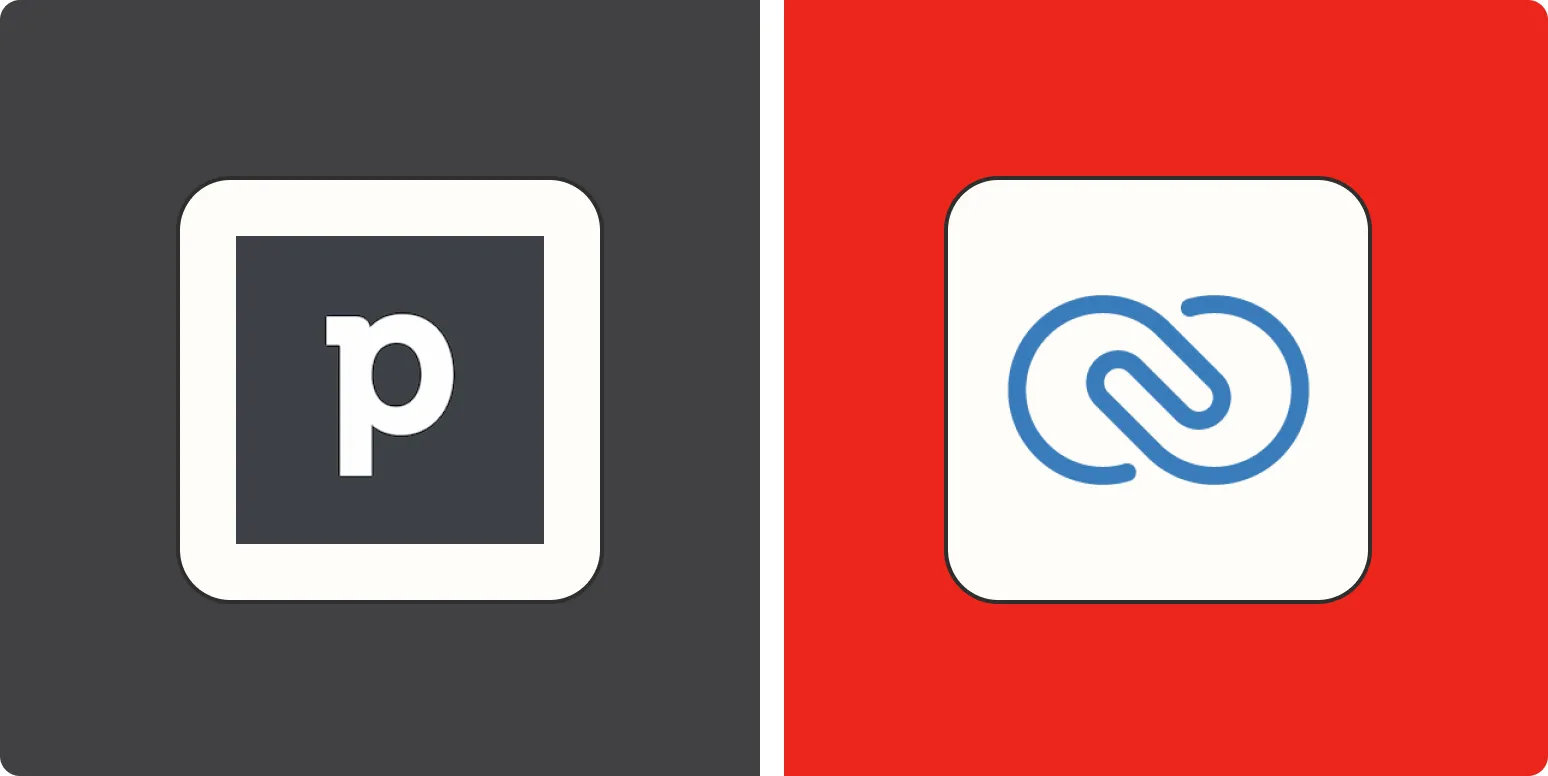When it comes to choosing the right Customer Relationship Management (CRM) software, two names frequently come up: Pipedrive and Zoho. Both platforms offer a range of features designed to help businesses manage their sales processes, customer interactions, and overall CRM needs. In this article, we will compare Pipedrive and Zoho in terms of their features, pricing, user experience, and more. By the end, you'll have a clearer idea of which CRM might be best suited for your business in 2025.
Pipedrive Overview
Pipedrive is a sales-focused CRM that is designed to help sales teams manage their pipelines more effectively. Its user-friendly interface and visual sales pipeline make it easier for users to see where each deal stands in the sales process. Key features of Pipedrive include:
- Sales Pipeline Management: Pipedrive offers a drag-and-drop interface that allows users to easily move deals through different stages of the sales process.
- Activity Management: Users can schedule activities and set reminders to ensure that no follow-ups are missed.
- Reporting and Analytics: Pipedrive provides detailed reports and insights to help teams measure sales performance and identify areas for improvement.
- Integration Capabilities: The platform integrates with various third-party applications, enabling seamless data sharing.
Zoho Overview
Zoho CRM is part of the larger Zoho suite of business applications, offering extensive features catering to businesses of all sizes. Its versatility makes it suitable for various industries. Key features of Zoho CRM include:
- Multi-channel Communication: Zoho allows users to communicate with customers through email, social media, and phone, all from a single platform.
- Customizable Dashboards: Users can create personalized dashboards to monitor key metrics and performance indicators.
- Automation: Zoho CRM automates repetitive tasks, freeing up time for sales representatives to focus on closing deals.
- AI-Powered Insights: With Zia, Zoho's AI assistant, users can gain insights into customer behavior and sales trends.
Feature Comparison
To facilitate a better understanding, here’s a comparative chart of the key features of Pipedrive and Zoho CRM:
| Feature | Pipedrive | Zoho CRM |
|---|---|---|
| Sales Pipeline Management | Yes | Yes |
| Activity Management | Yes | Yes |
| Reporting and Analytics | Advanced | Comprehensive |
| Integration Capabilities | Wide Range | Extensive |
| Automation | Basic | Advanced |
| AI Features | No | Yes |
| Customization Options | Moderate | High |
Pricing Comparison
Pricing is a crucial factor when selecting a CRM. Here’s a breakdown of the pricing structures for both Pipedrive and Zoho CRM:
| Plan | Pipedrive | Zoho CRM |
|---|---|---|
| Basic | $15/user/month | $14/user/month |
| Standard | $29/user/month | $23/user/month |
| Advanced | $59/user/month | $40/user/month |
| Professional | $99/user/month | $65/user/month |
User Experience
User experience is another essential aspect to consider. Pipedrive is often praised for its intuitive user interface and straightforward navigation. Sales teams can quickly adapt to the platform without extensive training. In contrast, Zoho CRM, while feature-rich, may have a steeper learning curve due to its extensive options and functionalities. However, once users become familiar with the platform, they can leverage its comprehensive tools effectively.
Conclusion
In the battle of Pipedrive vs. Zoho, the choice ultimately depends on your business needs. If your primary focus is on sales pipeline management and a user-friendly experience, Pipedrive may be the better option. However, if you require a more comprehensive solution with advanced automation and AI capabilities, Zoho CRM is worth considering.
As businesses evolve, so do their CRM needs. Evaluating each platform’s features, pricing, and user experience will help you make an informed decision. Remember to take advantage of free trials offered by both services to assess which CRM aligns best with your operational goals in 2025.





